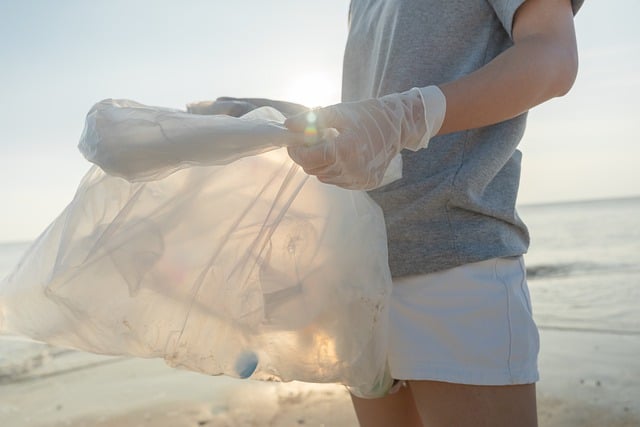In an era where environmental sustainability is at the forefront of global concerns, finding innovative solutions for polythene recycling has become increasingly crucial. Polyethylene, commonly known as polythene, is one of the most widely used plastics in packaging, including dry food packaging. While its convenience and versatility are undeniable, the environmental impact of polythene waste poses significant challenges.
However, through sustainable practices in polythene recycling, we can mitigate these challenges and pave the way for a greener future.

Collection and Sorting: Effective polythene recycling begins with proper collection and sorting. Establishing dedicated collection points and implementing efficient sorting processes ensure that polythene waste is properly segregated and prepared for recycling.
Mechanical Recycling: Mechanical recycling is a common method for processing polythene waste. This process involves shredding and melting polythene materials to produce recycled pellets, which can then be used to manufacture new products, including dry food packaging.
Chemical Recycling: Chemical recycling offers an alternative approach to polythene recycling. This process breaks down polythene molecules into their constituent components, allowing for the creation of new materials with properties similar to virgin plastics.
Upcycling: Upcycling involves transforming polythene waste into higher-value products with improved functionality or aesthetics. For example, recycled polythene can be used to create durable outdoor furniture or stylish accessories, reducing the demand for new raw materials.
Innovative Technologies: Advancements in recycling technologies, such as infrared sorting and automated sorting systems, enhance the efficiency and effectiveness of polythene recycling processes, making them more sustainable and cost-effective.
Education and Awareness: Educating consumers about the importance of polythene recycling and raising awareness about sustainable practices can encourage responsible waste disposal habits and promote recycling initiatives.
Collaboration with Stakeholders: Collaboration among stakeholders, including manufacturers, retailers, recyclers, and government agencies, is essential for developing and implementing comprehensive polythene recycling solutions. By working together, we can address challenges and drive progress towards a circular economy.
Investment in Infrastructure: Investing in recycling infrastructure, such as recycling facilities and collection systems, is crucial for expanding polythene recycling capabilities and increasing recycling rates.
Life Cycle Assessments: Conducting life cycle assessments allows us to evaluate the environmental impact of polythene products and identify opportunities for improvement throughout their life cycle, from production to disposal.
Innovative Packaging Solutions: Exploring alternative packaging materials and designs that maintain freshness while minimising environmental impact is key for sustainable dry food packaging. Biodegradable and compostable packaging options offer promising alternatives to traditional polythene packaging, reducing waste and conserving resources.
In conclusion, sustainable practices in polythene recycling play a vital role in reducing environmental pollution, conserving resources, and promoting a circular economy. By embracing innovative recycling technologies, educating consumers, fostering collaboration, and investing in infrastructure, we can overcome the challenges of polythene waste and create a more sustainable future for generations to come.
Also Read: